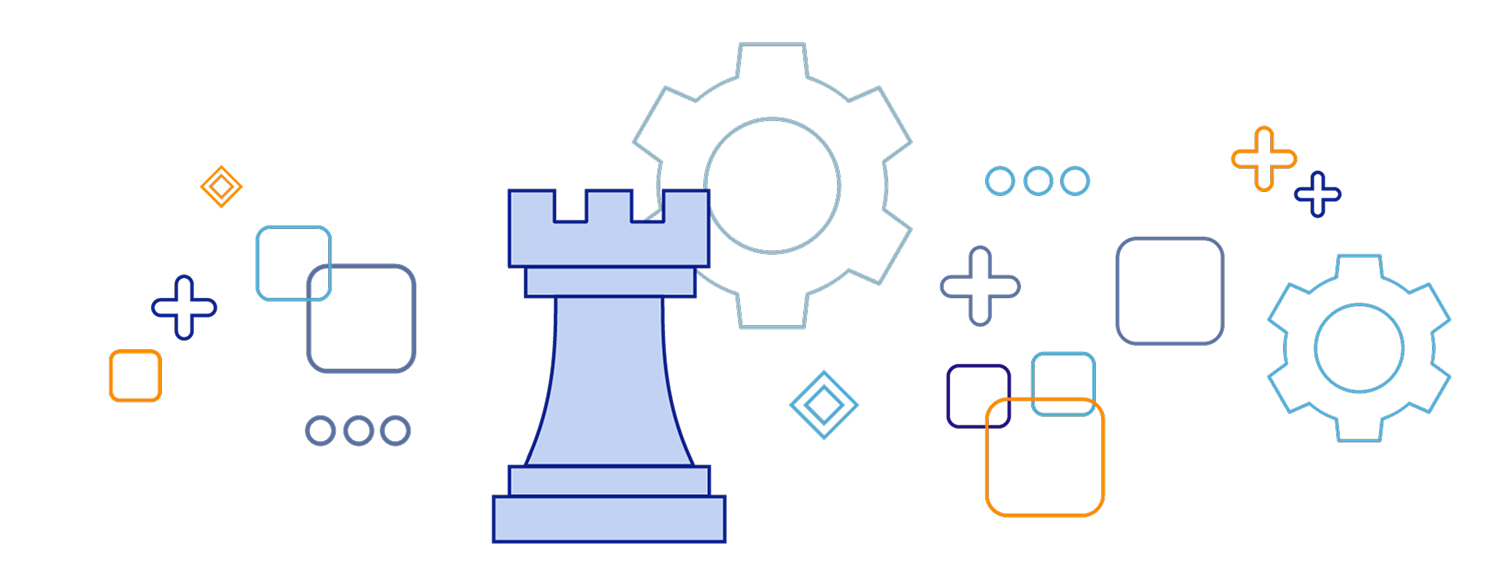
CASE STUDY
Hura Imaging
Premise
In 2019, Hura Imaging approached RookQS with the goal of developing and commercializing a software as a medical device in the US. Dr. Danny Wang, from the University of South California, invented a novel denoising algorithm on CT perfusion images, and was awarded an US National Institutes of Health (NIH) SBIR grant to commercialize the technology.
Scope of Work
Hura Imaging had the foresight to contract with RookQS early in the software development lifecycle. In addition to referring Hura Imaging to the key engineering resources to kick-off the engineering development, RookQS developed quality and regulatory strategies coinciding with engineering development and on-going partnership development with the large OEMs.
The three major stages of RookQS's contribution to the project:
1. Established software development lifecycle processes based on IEC 62304 to ensure that engineering, quality, regulatory functions have aligned expectations on the timeline and approach in order to complete quality record deliverables for the regulatory submission and quality management system requirements.
2. Engaged in discussions with engineering team frequently to inform (1) Potential product scope adjustments due to regulatory strategy considerations (e.g., timeline, resource, pathway implications) (2) Approach to carrying out verification and validation activities to prevent potential setback during regulatory submissions (3) Solutions to remediate gaps when processes were not carried out properly.
3. Led all quality and regulatory activities including (1) Identify areas which need clarifications during pre-submission (2) Represent client for pre-submission discussion (e.g., feasibility of 510K, validation testing approach) (3) Draft all the quality records (e.g., entire design history file, design master records, device history file) needed for the 510(k) application (4) Establish test program and execute all testing activities (5) Orchestrate 510(k) submission and FDA review process.
Engagement
RookQS conducted training on both IEC 62304 requirements and QMS requirements. Most importantly, all training sessions were tailored for the Software as Medical Device project, given that there are unique considerations which SaMD companies should be aware of during the development and commercialization activities. Given the technical background, RookQS quality engineers were able to work with the software development team to understand the development stages of the software and ensure all the quality records are generated effectively and timely.
In the early stages of development, interaction between the engineering, quality, and regulatory teams were crucial. For instance, Hura Imaging modified the program to receive different input data types and tweaked the underlying data processing algorithm, given the potential regulatory challenge identified by the RookQS team upfront (e.g., high likelihood of receiving a non-substantial equivalence decision). This design decision was well informed by the early regulatory planning and prevented this application from potentially being considered as a De Novo application.
In addition, RookQS developed a series of regulatory strategies supporting future product scope expansions. Hura Imaging agreed on pursuing more modest claims in the first filing, with the intention to expand and use themselves as predicates in subsequent filings. A pre-submission application was put together to receive clarification from the FDA on their thinking on the 510(k) proposal, and the approach and method to validation studies.
When a technical modification request was initiated, RookQS participated in the discussion and evaluated the potential impact on the quality and regulatory fronts. RookQS led the development of test programs, execution of tests, and reporting. RookQS also established a robust requirement change/traceability process so that the downstream effects due to a requirement change can be detected immediately. This process allows smooth and effective cross-functional collaborations (e.g., product owners, developers, test engineers, quality engineers). Lastly, RookQS participated in the clinical validation planning and reporting process, and consolidated the section summaries of the 510(k) application.
Serving as the Quality and Regulatory Lead, RookQS helped Hura Imaging successfully secure their first US 510(k) clearance (K212550) just 20 months after the initial engagement. The review process was relatively straightforward, as there were no additional requests from the FDA during the interactive review process.
Outcome
RookQS continues to serve as the Quality and Regulatory Lead for Hura Imaging and is responsible for on-going QMS maintenance activities. Hura Imaging intends to launch their HuraCTP software in Q4 2022 in the US, and plans to expand its target markets in the near future.
RookQS invites other translational researchers who intend to turn their research into commercialized products to reach out. In addition to regulatory and quality support, RookQS can also refer you to our close partners including contract software development firms and technical experts for implementing your software programs.
Join our mailing list for the latest Rook events, thought leadership, and more.